Greetings❤️
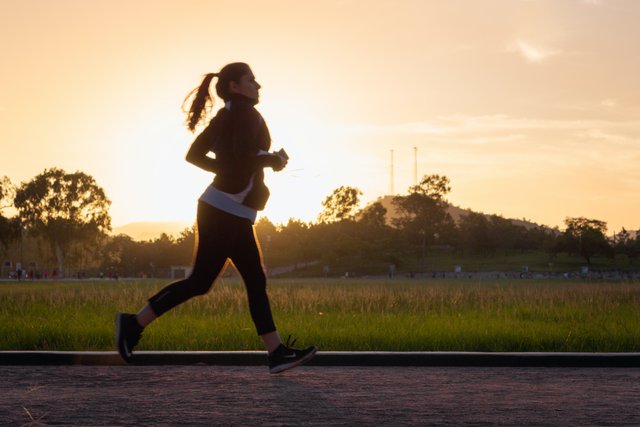
source
Running is becoming increasingly popular among individuals who want to enhance their health and fitness. However, does jogging genuinely result in increased muscle mass? How does running fit into the picture of muscle building? When most people think of muscle growth, they image themselves working out with weights at the gym or using resistance bands.
A recent survey by the Sports and Fitness Industry Association found that over 50 million Americans run or jog every day, achieving the World Health Organization's recommended weekly activity level of 150-300 minutes per week. The fact is that running is an excellent way to maintain your fitness level, whether you do it on a treadmill or in your neighborhood.
When professional sportspeople and runners are compared side by side, the athletes may seem bulkier. However, even though not all runners place a high priority on muscle building, researchers in the British Sports Journal in 2020 report that many elite sprinters include it in their training routines to improve the economy of their running, time trial speed, and maximum sprint speed, among other things. To what degree does this imply that jogging can only aid in muscle growth when combined with a weight-training program?
Specifically, we will look at the science underpinning running's impacts on the body, particularly its effects on the muscles.
ISN'T RUNNING IMPORTANT FOR THE DEVELOPMENT OF MUSCLE?
In a 2017 study, specialists from Taylor University's Kinesiology used high-intensity interval training to teach 12 undergraduates and five seniors for ten weeks. According to the research, aerobic exercise is an excellent method to improve cardiorespiratory fitness while also developing the quadriceps as a whole muscle.
While running at a moderate pace helps you develop muscle, high-intensity interval training helps you burn more calories (HIIT). According to a study on skeletal muscle hypertrophy during aerobic exercise training, running employs repetitive weight-bearing action to engage many muscles in your lower body, including your glutes, quadriceps, and hamstrings. Running also helps you lose weight by burning calories. The study also indicated that the most effective way to increase muscle growth through cardio is to exercise for 30-40 minutes, four to five days a week, at a 70-80 percent heart rate reserve. Your heart rate reserve is defined as the difference between your maximum and resting heart rates.
Instead of gaining muscle, running will cause you to shed body fat. You can reach your goal of increasing muscle mass by combining sprint and muscle training, such as high-intensity interval training (HIIT). Aside from physical activity, getting enough sleep, paying attention to your body's signals, and eating a nutritious diet may help you achieve your objectives.
WHAT IS THE TIME FRAMEWORK FOR BUILDING MUSCLE?
As a result of the large number of variables to consider, calculating how long it will take to grow muscle is challenging. It is influenced by your physical appearance, nutrition, and training program, which contribute to how rapidly you gain muscle. According to a 2019 study conducted by the Institute of Sports Sciences, it can take anywhere from six weeks to 10 weeks, depending on the type of activity.
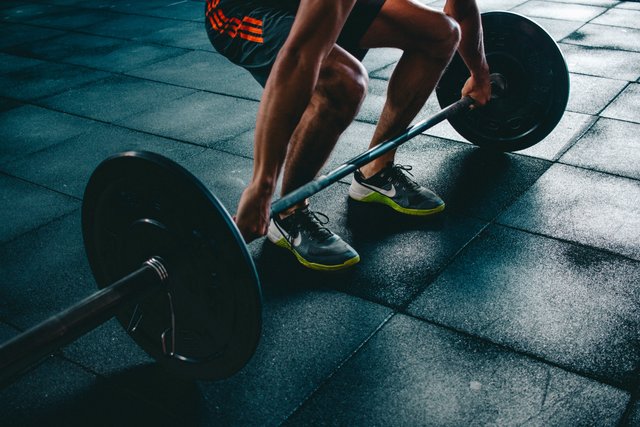
source
To run, skeletal muscle fibers of both slow-twitch and fast-twitch types are needed. Slow-twitch runners' muscles, which are aerobic since they are primarily involved in posture management and slight movements, help them maintain their energy levels throughout the race. For a limited amount of time, fast-twitch muscles concentrate their efforts on tremendous, powerful forces to maintain their strength. The vast majority of the time, they are used when sprinting.
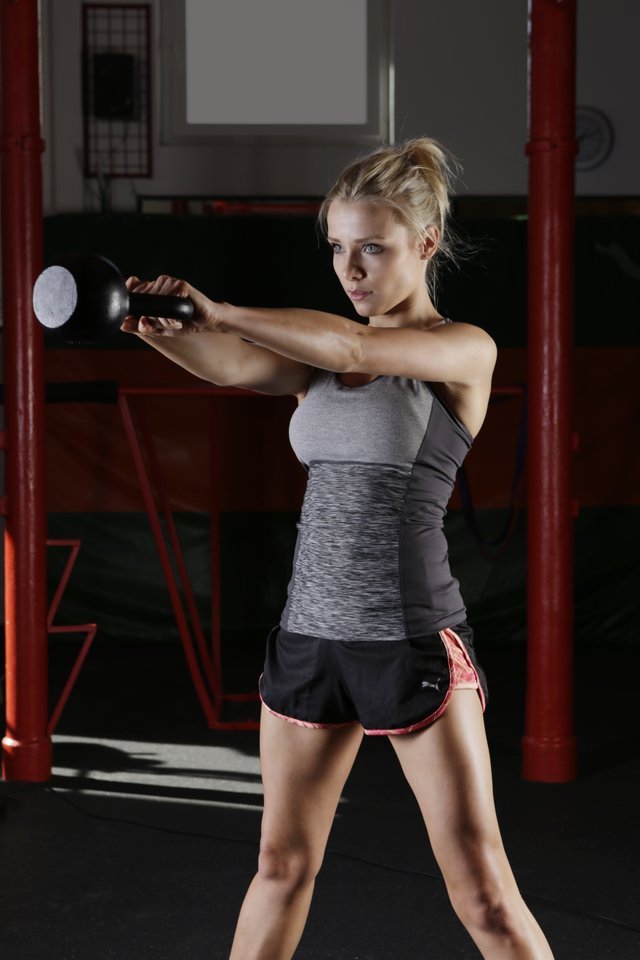
source
According to the National Academy of Sports Medicine, sprinters have 70–75 percent type II fibers, but endurance athletes have a more significant proportion of slow-twitch fibers, with marathon/distance runners having 70–80 percent type I 2 fibers. Fast-twitch fibers are seen in greater abundance in power athletes. Because of the explosive force necessary for sprinting, runners who have fast-twitch muscle fibers appear to be more muscular than those who have slow-twitch muscle fibers do.
- The question is, where can you build muscle by running?
Located at the base of your spine, your genital region is a private space. On the other hand, high-intensity interval training does not supply the body with adequate stimulation to stimulate muscular growth. To build muscle mass, several dietitians recommend a high-protein diet combined with regular muscular training regularly. When in doubt, consult with a fitness professional for guidance.
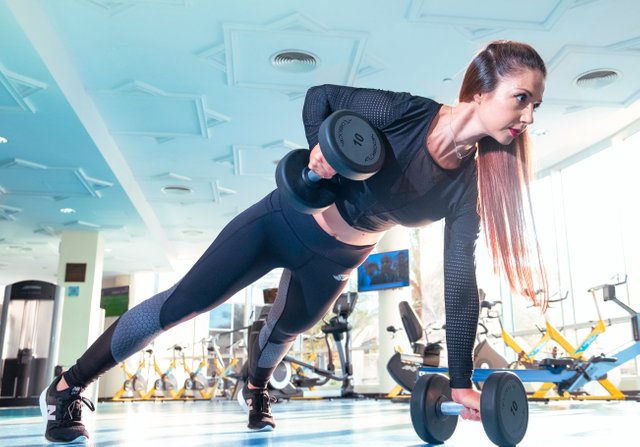
source
What is the extent to which jogging aids in muscle development? It shows a person holding what seems to be a leg muscle,
MUSCLE BUILDING: WHAT EXACTLY IS IT, AND HOW DOES IT WORK?
Exercises that promote muscle growth involve stressing the body to increase muscular mass. Muscular development occurs when the synthesis of muscle protein outpaces the breakdown of muscle protein or when the body generates more protein than it eats, as in the case of athletes. Exercise stimulates the production of muscle protein in the body, resulting in increased net muscular development.
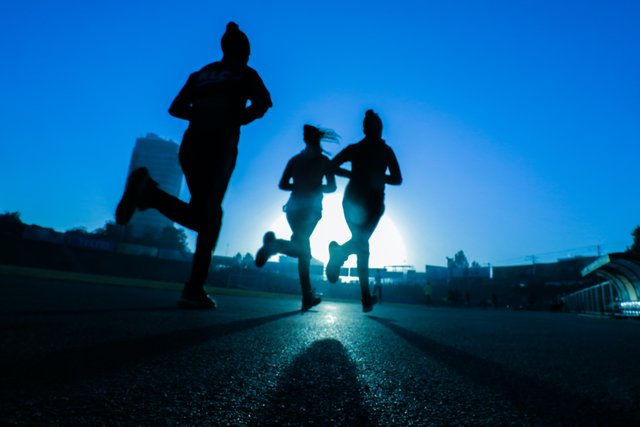
source
Another method of obtaining net muscle gain is to induce a surge in the production of growth hormone. Following endurance exercise, it is typical for growth hormone levels to rise for an extended period. When taken correctly, this surge can aid in the development of lean muscle growth in your body. By including hill work and speed work into your running program, you will see improved results.
Strength training is an excellent approach for increasing muscle development while following a strict diet. Several benefits may be obtained through strength training. Here are only a few examples:
- There is a reduction in tiredness.
- Those who are more quick runners have a higher number of successful races on their resumes.
- There is a lower probability of getting hurt.
- Muscle gain will likely be detrimental to runners, particularly those who are just starting. As a result of exerting excessive effort, the following types of injuries might occur:

source
The ITB (intertrochanteric bursitis) condition refers to the inflammation of the plantar fascia and Achilles tendinitis in the knees of runners on their feet all day.
Shin splints are used to keep the damaged region protected while it heals.
Fractures caused by a buildup of stress
It may be as easy as being mindful of your body's demands and wearing the proper footwear to avoid injury as you think. Training and consuming a nutritious diet can help you gain strength and skill over time.
What is the extent to which jogging aids in muscle development? It is possible in some circumstances, depending on your behavior. Running methods and strength training should be included in your training regimen to aid in the development of muscle mass. However, simply exercising is not enough; you must also eat healthfully, get adequate sleep, and drink plenty of water to see results. Maintaining the mindset that no two bodies are alike is essential. Your training and diet strategy may differ from a colleague's to get the same results as other runners. Consult with a competent personal trainer in your region if you need assistance getting started with a workout regimen.
Have A Blessed Day
❤️
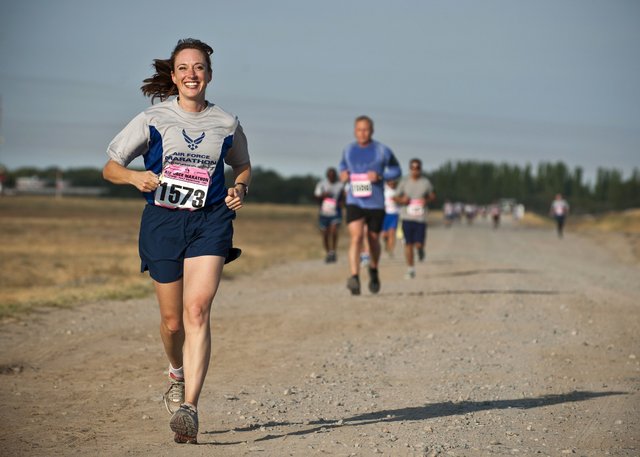
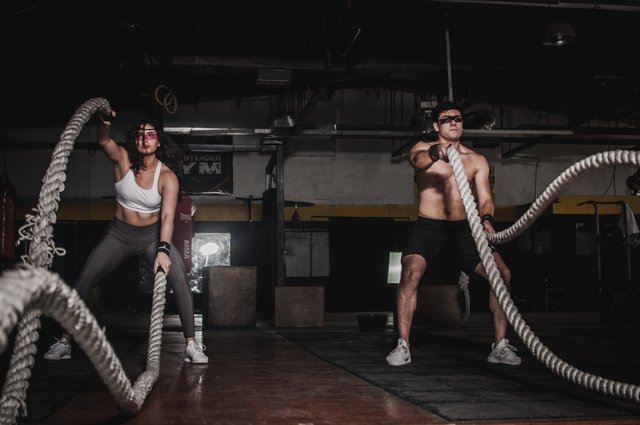

Hi @ssadil,
You have written enough assay about fitness and muscle building.I have learnt quite a lot from the article.I also appreciate the fact you make reference to the sources of your statements/information.Which of the exercise do you engage in??
Pls Jon our Curation trail with 100% weight so as get verified.👇
https://steemit.com/hive-167622/@steemalive/how-to-join-steemalive-curation-trail
Downvoting a post can decrease pending rewards and make it less visible. Common reasons:
Submit